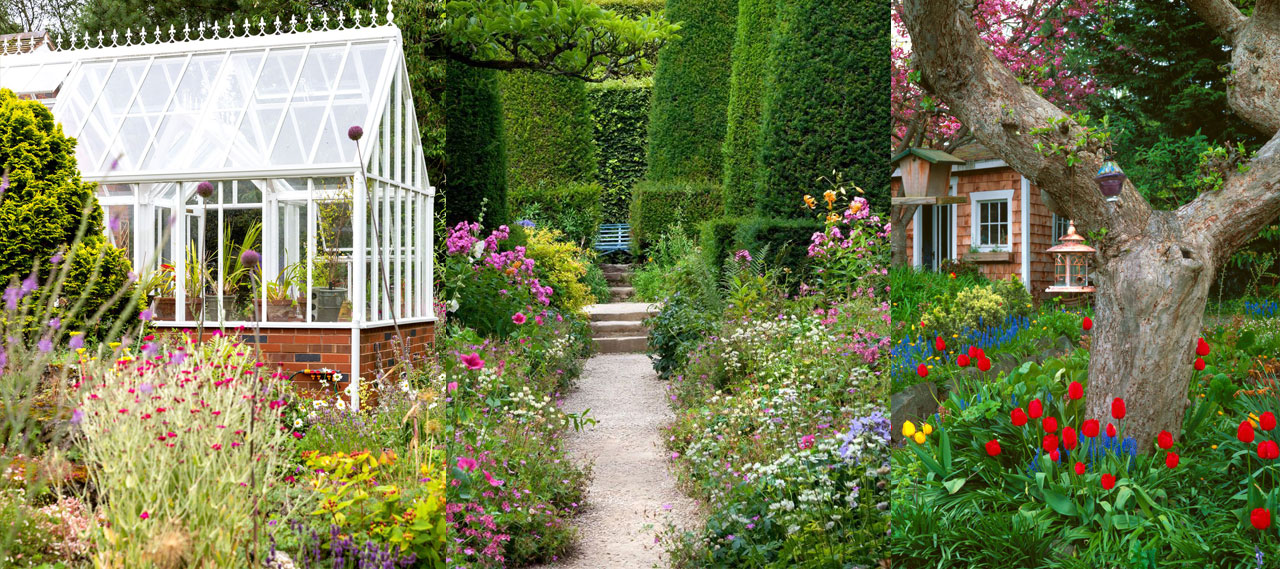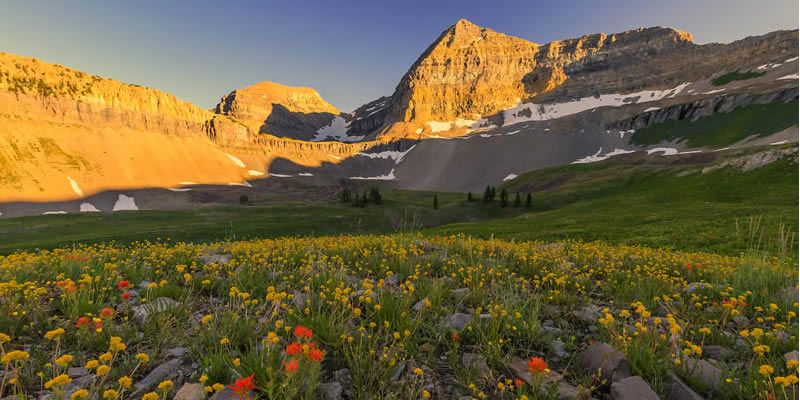The Art of Botanical Sleuthing: Plant Identification for Nature Enthusiasts
For nature enthusiasts, exploring the great outdoors is not just a pastime; it’s a journey of discovery and wonder. A key aspect of this adventure is plant identification – the art of uncovering the secrets of the natural world by recognizing and naming the flora that surrounds us. In this article, we will delve into the world of botanical sleuthing and plant identification, offering insights, tips, and the joy of connecting with the green wonders of our planet.
- The Joy of Observation:The heart of plant identification is the joy of observation. Nature enthusiasts develop a keen eye for detail, noting the size, shape, color, and arrangement of leaves, flowers, and fruits. These observations are the building blocks of identification.
- Using Field Guides:Field guides are invaluable companions for nature enthusiasts. These books provide illustrations, photographs, and descriptions of plants, helping enthusiasts to identify species during their outdoor adventures. Be sure to choose field guides that are specific to your region.
- Leaf Characteristics:Leaves are like the fingerprints of plants. They come in all shapes and sizes, from simple and ovate to compound and pinnate. Leaf edges may be serrated, smooth, or lobed, and their arrangement on the stem can be opposite or alternate.
- Flower Clues:Flowers are perhaps the most captivating part of plant identification. Notice the number of petals, the arrangement of sepals, the color, and the unique markings or patterns. Each flower has a story to tell.
- Fruitful Discoveries:Fruits can reveal a plant’s identity. Examine the shape, color, and texture of fruits, as well as how they are positioned on the plant. Some fruits are hidden treasures, while others stand out as iconic features.
- Habitat and Location:Different plants thrive in specific habitats and climates. Consider the surroundings when identifying plants, including the soil type, sunlight levels, and altitude.
- Utilizing Plant Identification Apps:In today’s digital age, many nature enthusiasts turn to plant identification apps for assistance. Apps like PlantSnap and iNaturalist use image recognition technology to identify plants from photographs.
- Connecting with Experts:Engaging with experienced botanists, horticulturists, or local plant experts can be incredibly rewarding. Their knowledge and guidance can provide deeper insights into plant identification and enhance your appreciation of the natural world.
- The Seasonal Perspective:Many plants change dramatically throughout the seasons. Pay attention to these transformations, whether it’s the emergence of new leaves in spring, the burst of colorful blooms in summer, or the shift to vibrant fall foliage.
- Practice Makes Perfect:The more you practice plant identification, the more confident you will become. Regular outings to different natural environments allow you to encounter a diverse range of plant species.
- Building a Botanical Journal:Keep a botanical journal to document your discoveries. Include sketches, photographs, and notes on the plants you encounter. A journal becomes a valuable resource and personal botanical archive.
- Sharing Your Passion:Share your enthusiasm for plant identification with others. Whether it’s through community events, nature walks, or educational programs, introducing more people to the art of botanical sleuthing can foster a deeper connection with the natural world.
Conclusion:
Plant identification is more than a hobby; it’s a way to unlock the secrets of the natural world and deepen your appreciation of the environment. As a nature enthusiast, the art of botanical sleuthing allows you to become a silent detective, unraveling the stories of plants in your local ecosystem. With every identification, you gain a greater understanding of the intricate and beautiful web of life that surrounds us. So, venture into nature, armed with field guides, smartphone apps, and a sense of wonder. Botanical sleuthing will not only enhance your outdoor experiences but also allow you to contribute to the conservation and preservation of our natural world.




